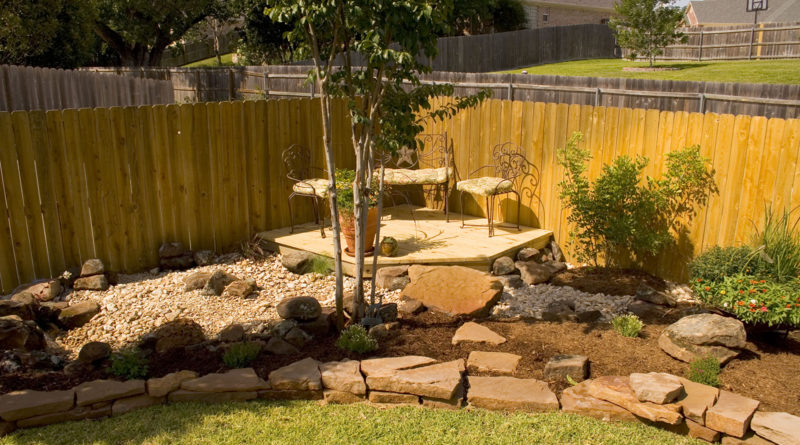Benefits of xeriscaping
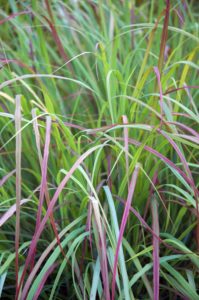
Contributed photos
Central Texas is a semi-arid climate and prone to drought. It can experience torrential rains with flash flooding or no rain for weeks or months at a time. People moving here from areas of the country where rain and snow gives lawns a lush, emerald green look, soon find out that keeping a green, manicured lawn in Central Texas can be time consuming and costly.
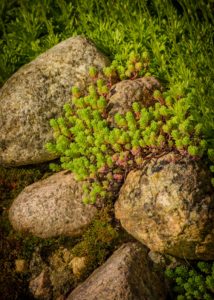
More homeowners are choosing to xeriscape a portion of their yards, or their whole yard. Making that decision requires planning.
“Homeowners need to ask themselves how extreme they want to go and whether they want to do the small areas around the house or the whole yard in xeriscape,” said Ben Gillilan, owner of Hidden Falls Nursery and Garden in Killeen. “Do you want to do it yourself or hire a landscaper?”
Whether you DIY or hire a professional, have a plan, he said. “Know what you want to see, what you want the land to look like. Do you want succulents or sedums? With xeriscaping, use plants that require less water for our region, Zone 8,” he said. And if you plan to hire a landscaper, do your research. Get references from friends, go online and read reviews and meet the person first, said Gillilan. “You need to like them. You will be together for awhile and you need to know they will be there for you.”
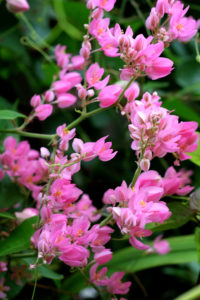
There are a lot or reasons to xeriscape, he said. With the right ground preparation, it requires less watering and maintenance. But you have to be patient. It takes six months to a year for your new plants to establish.
Another plus is that a xeriscape is earth friendly. Carefully chosen plants will attract honeybees, birds and butterflies. “Monarchs need a way station for their migration two times a year,” he said.
If you want to attract Monarchs, Gillilan said plant white or purple butterfly sage, passion vine or their favorite, tropical milkweed. Honeybees like Texas sage. “They extract nectar from the purple sage then pollinate the next plant,” he said. “When you see honeybees in your landscape, they are just foraging.”
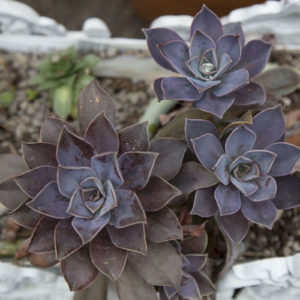
Getting Started
Whether you are planning to DIY or hire a landscaper, here are some steps to take to create your xeriscape.
1. Know your budget: Gillilan said you can xeriscape for any budget, but you need to make a few decisions before getting started.
How large to you want to xeriscape? Know where you are planting. Is it near a downspout, where rain runs off the roof? In the middle of the yard, which is the dryer area for xeriscape, or around the house, which is the lush area?
“And know your plants. Don’t plant succulents with autumn sage. Grow plants in groups according to their watering needs so you don’t have to water succulents,” he said.
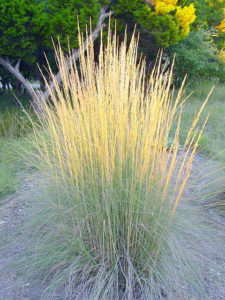
2. Amend the soil: “Bring in a good compost soil mixture that will bring up the nutrients,” Gillilan said. “When you install new plants, give them extra love.
“If you want to plant natives spaced apart on the lawn or in the flower bed, you can do pocket planting. Create a well where the plant will be placed and blend the old soil with the amended soil. Roots will find their way to the natural soil.”
3. Pest Control: If you have fire ants, and anyone living in Central Texas has experienced these biting pests, they can be eradicated naturally with beneficial nematodes.
“Nematodes are microscopic worms that when spread out in an area of the yard will get into the non-beneficial insects, like fire ants and grubs, and will kill them,” he explained.
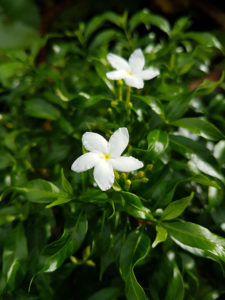
Nematodes can be purchased at most nurseries and Gillilan said they can be put into compost tea for spraying. “These are beneficial pests and will get your yard in a natural order of things. It’s best to spray in the spring as they are sensitive to the sun. If you do spray in summer, do it under a shady area. They will multiply and do their job.”
4. Tools: Depending on the size of the area, you will need the following tools: Sod cutter (if doing a whole yard). It will level the dirt surface. A wheel barrel, shovel, rakes, and a pickax if you are planting a tree, and enough compost soil mix to amend the soil. For a smaller space, like a flower bed, have a garden spade, trowels, and a compost soil mix.
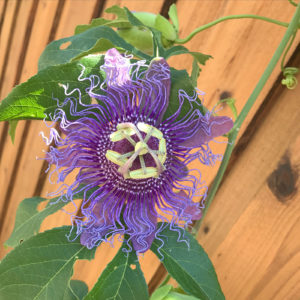
If you don’t have an irrigation system installed, a drip or soaker hose will work, as will a bubbler or micro spray.
Gillilan said you can still have lawn area with xeriscape and there are some drought hardy grasses you can choose.
“Native grasses don’t stand up to high traffic. Buffalo grass doesn’t work and St. Augustine is high maintenance,” he said. “Bermuda and Zoysia are drought resistant grasses and stand up to traffic.”
Other grasses and ground covers include Mondo grass, jasmine, creeping thyme, ice plant. “Homeowners will need to water their new landscape for awhile. It takes about one year to establish. Once it is established, you will need to water it once a week to keep it in continuous bloom.”
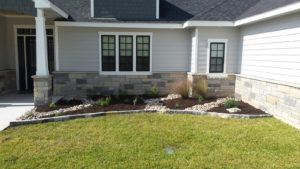
New career path
Gillilan is a 20-year veteran of the U.S. Army and also served four years in the Navy. When he retired from the Army he wanted to start his own business and opened Grizzly Landscaping in 2003.
“I worked by myself and never got to stop,” he said. “I hired people and I’m still working all the time.”
He bought Hidden Falls Nursery and Garden in 2016 when he learned the original owner planned to shut down the business, leaving Killeen without a nursery.
“I jumped in with both feet,” he said. “I did it for our area.”

